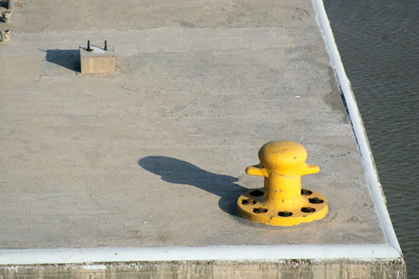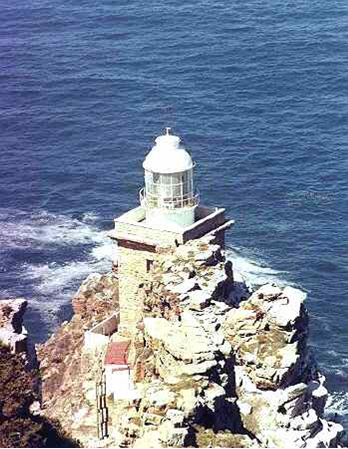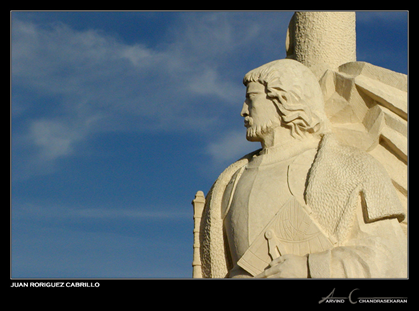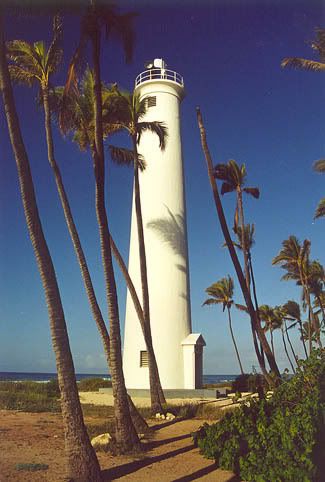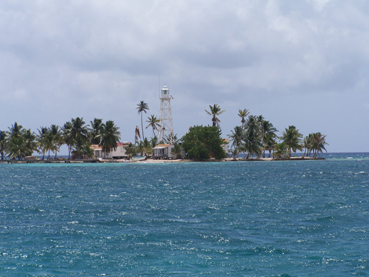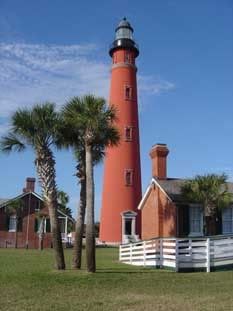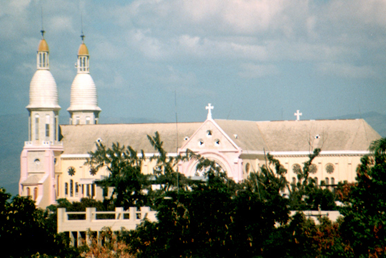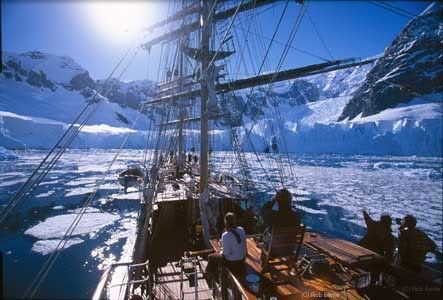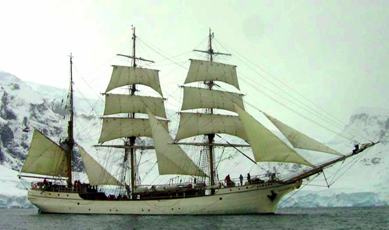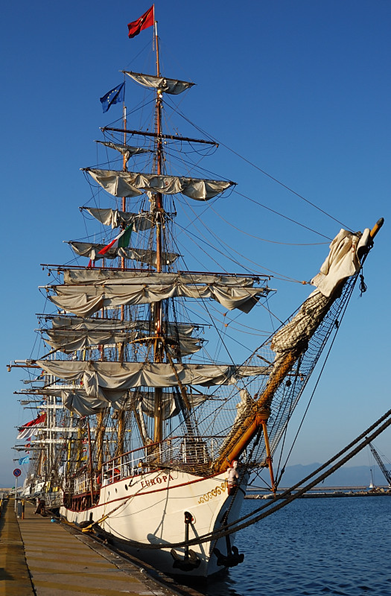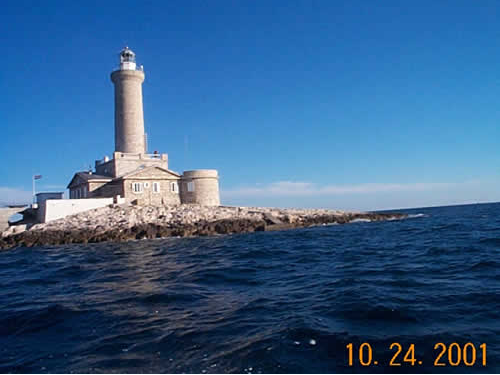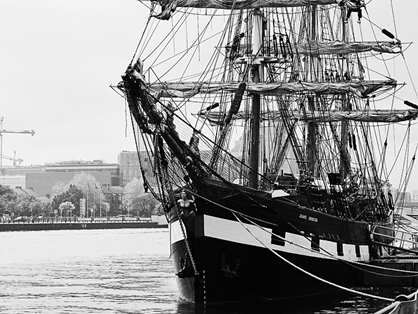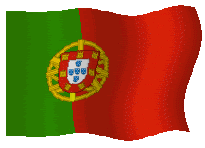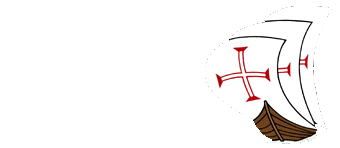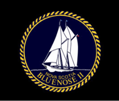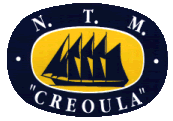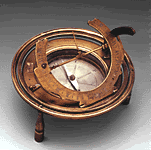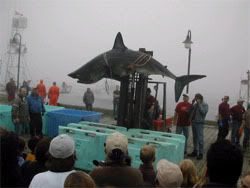
Ao contrário do que muita gente pensa, na costa portuguesa podem encontrar-se mais de 30 espécies de tubarões.
Há 10 anos que são alvo de estudo, e ainda assim não existe legislação...
Chegam diariamente às várias lotas nacionais dezenas de barcos de pescadores carregados com carcaças de tubarões misturados com atuns, peixes-espada, espadartes e raias entre outros.
E em várias destas lotas podem encontrar-se investigadores da Associação Portuguesa para o Estudo e Conservação de Elasmobrânquios (APECE associação dedicada ao estudo de tubarões e raias), e do Instituto de Investigação das Pescas e do Mar (IPIMAR), bem como estudantes de Biologia, que identificam, pesam, medem e vêm o sexo de toneladas de tubarões.
Esta amostragem é apenas uma dos processos de obter informação sobre tubarões.
Os tubarões que vivem na nossa costa têm hábitos de vida muito diferentes dos agressivos tubarões de águas quentes que por vezes atacam pessoas.
A maioria dos que chegam aos 3 principais portos nacionais de pesca (Sesimbra, Peniche e Viana do Castelo), são de profundidade e não são espécies alvo, vêm por acessório na pesca ao Peixe-espada e Espadarte, segundo Ivone Figueiredo, investigadora do IPIMAR.
Para se ter uma ideia, em 2004 estima-se que tenham sido desembarcados cerca de 582,4 toneladas de tubarões e raias segundo a DGPA (Direcção Geral de Pesca e Aquicultura).
Estas 2 espécies pertencem ao grupo dos elasmobrânquios, peixes cartilaginosos.O Carocho, O Barroso, a Lixa, a Pata-Roxa, a Tintureira (Tubarão Azul) ou o Cação (muito usado no Alentejo para fazer a famosa Sopa de Cação), são algumas espécies mais pescadas em Portugal.
E, à excepção destes 2 últimos, estas espécies movem-se a profundidades entre os 400 e os 1800 metros, longe do olhar dos mergulhadores, surfistas ou turistas.
Portalradical.com / Surftotal.com
